




Friday, March 31st
3:00 p.m.
Availa Bank
Topic: Fraud Protection
Saturday, April 1st 11:00 a.m.
Jaime Brinkman, ISA Certified Arborist with Smitty’s Lawn & Landscape
Friday, March 31st 5:00 p.m.
Holly VanHeel with Human Sciences Specialist Food & Health for ISU Extension and Outreach
Topic: Healthy Cooking with Fresh Herbs
Topic: Emerald Ash Borer & Planting with Diversity
Saturday, April 1st 1:00 p.m.
Rick Lamoureux with Smitty’s Lawn & Landscape
Topic: Get Ready for Spring (Planting & Product Tips)

Saturday, April 1st
7:30-9:30 am
Sponsored by Fort Dodge Ford
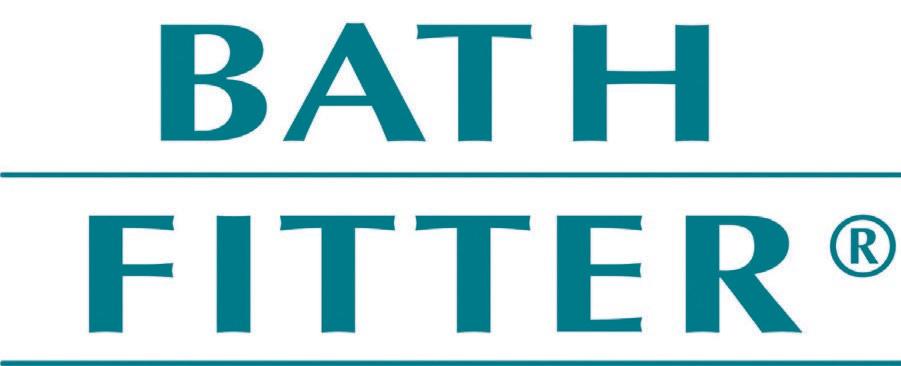
























































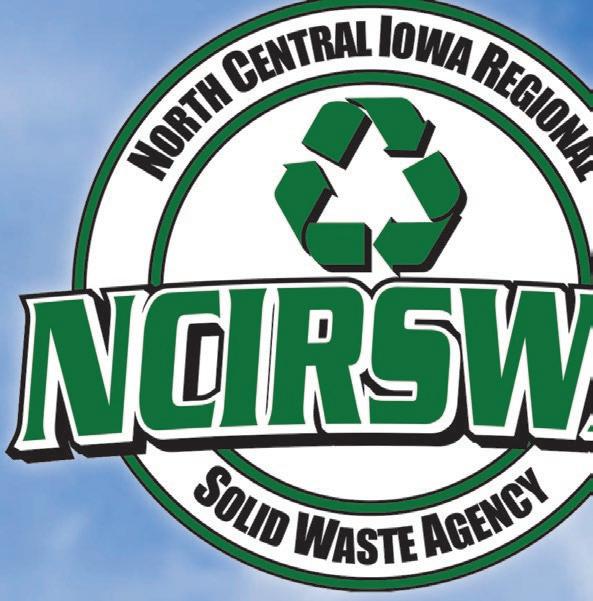


















































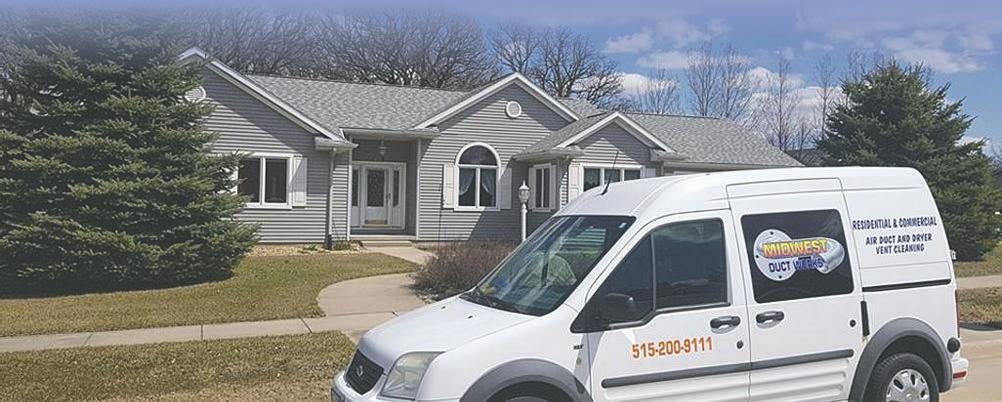







































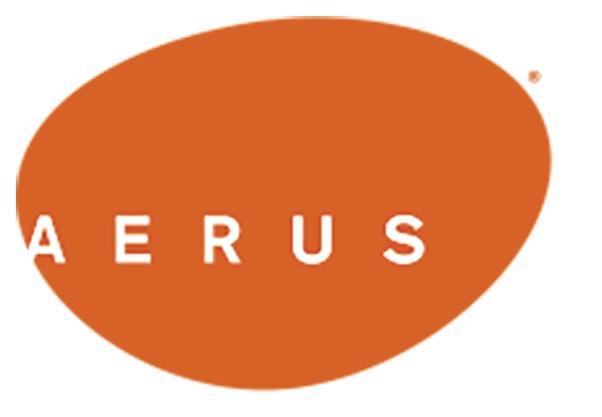








Jeremy Pearson uses an informal term from the world of information technology to describe the status of Fort Dodge Fiber at the beginning of 2022.

“At the start of 2022, it was all pretty much vaporware,” said Pearson, who is the director of the new municipal broadband utility. “It was all this giant idea. It was still this big idea that the community was behind.”
Over the past year, the idea started taking solid form. Miles of orange conduit were placed underground. Metal boxes that will each contain fiber optic connections for up to 300 customers began sprouting up. And sharp-eyed pedestrians have spotted the tops of concrete vaults in the sidewalks that contain conduit.
Hooking up customers to the system was about the only significant step that did not happen in 2022. Getting the first customers online by the end of the year was a goal, but bad weather prevented it, according to Pearson.
“Mother Nature didn’t allow us to reach out to people’s homes,” he said. That will change this year, he said.
“We’ll be bringing customers on from here on out,” he said.
Nick Ekel, the customer experience manager for Fort Dodge Fiber, said people are already calling and asking when they can be hooked up.
“That’s a daily occurrence,” he said.
According to Ekel, there are 11,000
premises or unique addresses in Fort Dodge. He said more than 4,100 of those addresses have been registered with Fort Dodge Fiber. Registering is a free early step which essentially means the property owner is interested in the possibility of getting service from Fort Dodge Fiber.
Ekel said those who register will receive an email inviting them to contact Patriot Communications, which is a company working for Fort Dodge Fiber. That company’s job is to visit properties and plan out the best way to extend a
fiber line to the home or business.
Representatives of Patriot Communications will not be showing up unannounced at people’s homes, according to Ekel. He said homeowners will have to contact the company to set up a survey.
He said registering with Fort Dodge Fiber now does not obligate a homeowner to get the service later.
Construction of the utility will continue through this year and 2024.
A data center in the basement of the
Municipal Building, 819 First Ave. S., that will serve as the nerve center of the utility is pretty close to being completed, according to Pearson.
A former gas station at Second Avenue South and Eighth Street has been remodeled to serve as the base for the technicians who will maintain the system. A customer experience center has opened in Citizens Central, 617 Central Ave. That’s where people will go to sign up for Fort Dodge Fiber service and pay their bills.
The small staff of Fort Dodge Fiber is also getting involved in community outreach. For example, representatives of the utility recently teamed up with city police officers to give a presentation on using the internet safely to fifth-graders at Duncombe Elementary School.
“We are eager to be at your service,” Pearson said. “We’re here for the community. We’re here for the long haul.”
The process of creating Fort Dodge Fiber began in November 2019 with a referendum in which the voters gave the city government the power to explore setting up such a utility, with 71.6 percent of those voting in support of the idea.

In July 2021, the City Council voted to proceed with creating the utility.
The name Fort Dodge Fiber debuted in January 2022.
Pearson became the utility’s director on May 2, 2022.
Ekel was hired in June 2022. Other key staffers hired so far include Greg Hinz, fiber operations supervisor, and Rachel Rowe, sales and marketing supervisor.
Business has been booming for con artists, but people attending the Fort Dodge Fiber Farm and Home Show will be able to learn how to protect themselves from these crooks.

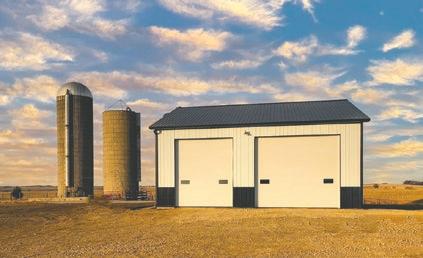
The staff of Availa Bank will present a session on avoiding scams and frauds.
Bank President Dave Flattery said the presentation will address these main topics:

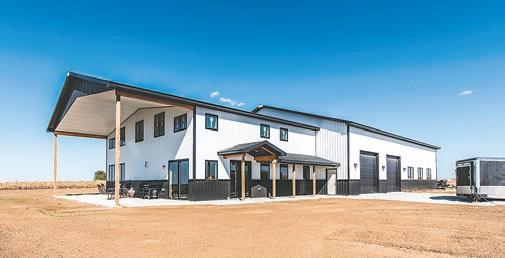
∫ How to recognize common scams.
∫ How to protect yourself from scams and






fraud.
∫ How to properly report scams and fraud.
Flattery said there is a long list of potential frauds and scams. They include many that can be found online, on social media and in online shopping. There are also check frauds, investment frauds, including some involving
cryptocurrency; and business frauds. The presentation will provide information on the trends that are occurring with different fraud schemes.
The presentation will also cover how frauds affect people under the age of 60. Flattery said the common perception is that frauds and scams mostly impact people over age 60, but statistics show that is people younger than 60 that are most often victimized.
People attending the Fort Dodge Fiber Farm and Home Show will get to taste some garden fresh herbs during one of the presentations.
Holly Van Heel, from the Fort Dodge office of the Iowa State University Extension and Outreach
Service, will give a presentation entitled “Healthy Cooking with Fresh Herbs.”
The presentation will focus on different herbs. Attendees will get to taste test some fresh herbs, and a spring salad will be made.
Most of the presentation will be about preparing the herbs to eat, but Van Heel will talk a little bit about growing them.
She said there will be plenty of informational handouts on herbs available.
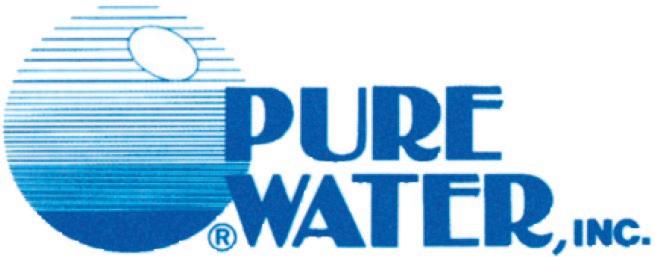

Ash trees — basically being starved of water and nutrients by the emerald ash borer —are dying.
How about a little good news? The ash trees don’t all have to die.
There is hope, and there is a treatment that can save towering ash trees that are treated with safe and approved insecticides injected by certified applicators, according to Jaime Brinkman, ISA certified arborist for Smitty’s Lawn and Landscape in Fort Dodge.

“The treatment we recommend is an injection with a chemical called emamectin benzoate,” Brinkman said. ‘It does not deter the pest from getting on the tree, but if you have an infestation coming into your area you can help fight it off.”
Treatments are done every two years and can be started before there is any visible damage to an ash tree. With the speed that the EAB is sweeping across Iowa, even healthy-looking ash are likely to already be infected, especially in most of central Iowa.
Hamilton County saw its first report of EAB in 2018. By 2020 EAB was in Webster County. Wright, Pocahontas and Calhoun counties started reporting cases in 2021. Humboldt, and Kossuth counties reported their first cases earlier this spring.
“The emerald ash borer has moved from the southern part of Iowa up to the northwest counties,” said Brinkman. “There are only seven counties now that don’t have confirmed emerald ash borer.”
A native of east Asia, EAB is a
small wood-boring beetle. It was first detected in the United States in Michigan in 2002. EAB arrived in Iowa in 2002 and has been creeping its way across the state ever since. The metallic green beetle lives outside the tree and feeds on leaves. But the adults are not the problem, according to Brinkman.
“The larvae are what actually damages the tree,” she said.
The larvae reside under the bark, tunneling into the phloem and cambium layers, which are responsible for delivering water and nutrients to the tree. The activity of the larvae essentially starves the tree to death.
“It can kill a tree in a matter of three to seven years,” Brinkman said.
Look up high for the first signs of damage. Infected trees will see a thinning of the canopy.
“A lot of times, emerald ash borer will hide in a tree for up to three years before we really see symptoms,” Brinkman said. “We can treat a tree until there is about a 30 percent canopy decline and have really great success.”
“We don’t recommend waiting until you see a 30 percent decline in canopy,” Brinkman added.
The treatment window is open now, because ash trees need to be treated from about May to mid or late September, while there are leaves on the tree.
The treatment is surprisingly simple. Don’t expect heavy equipment pulling up to the yard because it all comes in just one small bottle of insecticide that is injected directly into the tree, meaning there is no chemical drift.
Will Vaughn is a certified applicator for Smitty’s Lawn and Landscape and described the procedure.
“First, we identify the size of the
Continued from Page 1
tree and determine the number of injection sites and the amount of chemical that we need to put inside the tree,” he said.
Vaughn looks for root flares, or places where the root juts out just a bit indicating a strong area of the root zone for feeding of the tree. Tiny holes are drilled and a small plug is inserted to guide the chemical into the proper areas of the tree to target the larvae. After treatment, the holes are barely noticeable. The whole procedure may take only a few hours.
“Our main goal is to get that chemical into that layer of the tree where it needs to go so that it will translocate throughout the tree,” he said. “The larvae come across the chemical, ingests it, and it kills off the larvae.”
The only visible sign that the tree has been treated will be a small tag, or badge, for record-keeping purposes. Of course, the more important sign that it has been treated will be the fact that it keeps its leaves.
An ash tree treated proactively two years ago by Smitty’s in Fort Dodge is showing little to no sign of infestation. A neighboring ash tree, on the same side of the street, subject to the same conditions, has begun to show signs of thinning canopy. Fortunately for that ash tree, it got its first treatment this month, and because the canopy decline has not gone too far, Brinkman and Vaughn expect good results.
“This treatment is both proactive and curative,” Brinkman said.
Treatments will continue every two years until the EAB has finished its work of decimating the untreated ash population.

“It will move out when it has no food supply, and then we can stretch these applications out to maybe three years,” Brinkman said..
As an invasive species, EAB does not have a true natural enemy in the local environment. But woodpeckers do prey on the larvae. That’s why flecking, or the damage caused by woodpeckers, is another sign of an infestation. But while folks may cheer on the woodpecker for trying to put a dent in the population of EAB, they alone cannot save a tree.
Bird lovers will ask, will this treatment sicken birds, especially the woodpeckers who dine on the larvae? Fortunately, the Iowa Department of Natural Resources has good news on that front, calling it “unlikely.”
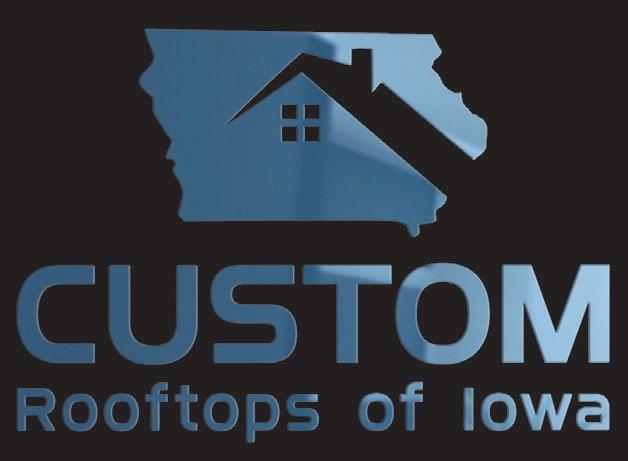
Woodpeckers eat only live larvae, so they do not consume the chemical. If larvae look tasty to a woodpecker, then it hasn’t been treated. Furthermore, dead larvae break down very quickly, according to the DNR. And because these chemicals are not fatsoluble, they do not “bio-accumulate in animals.”
The DNR pointed to Michigan and Ohio as examples of success, noting that those states have been using such injected insecticides for several years and there have been no reported cases of woodpecker poisoning as a result.
Emamectin benzoate is derived from a naturally
occurring soil bacterium and has actually been used to treat fleas on pets for number of years. It’s also used to control pests in cotton and vegetable fields.

Sadly, the DNR has a grim outlook for untreated ash trees in Iowa. They are almost certain to go the way of elm trees that were wiped out by Dutch Elm disease in the 1970s.
The DNR estimates that there are roughly 52 million woodland ash trees in Iowa and 3.1 million community ash trees. That means a tremendous loss of habitat, loss of canopy, and woodland resource for the state of Iowa.
To replace the ash trees that are lost, Vaughn and Brinkman join in a chorus of saying, “diversify, diversify, diversify.”
Travelling south in Iowa, where the infestation is farther along, it’s easy to see windbreaks of ash trees that were planted to replace windbreaks of elm trees, and now the ash are all dead, according to Brinkman.
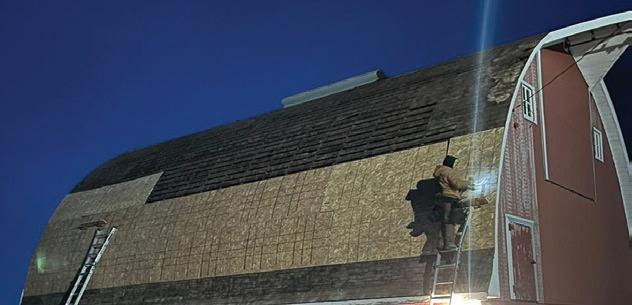

When shopping for a new tree, look for a variety. Brinkman notes that Iowa is over-populated with maple trees. For a colorful tree like maple, she says red oak has wonderful color and is one of the faster growing of the oaks.
If people love maples, plant one, but don’t plant all maples, or all of any one species. Diversity will protect the investment when buying a new tree and make for a more interesting landscape.
“The best time to plant a tree was yesterday, the next best time is today,” Brinkman said.

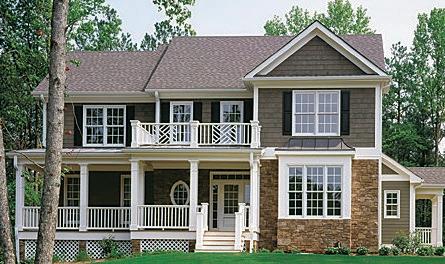














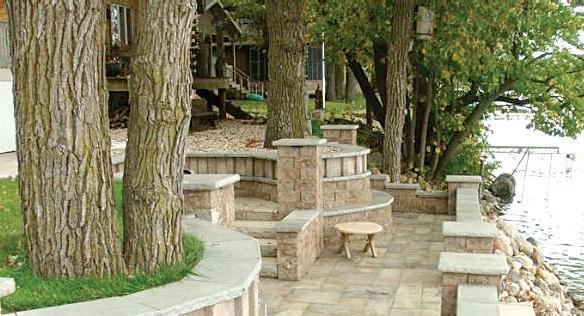
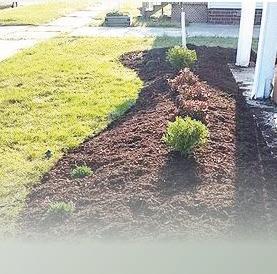

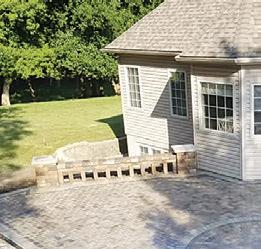




























WE’RE ADDING 5 GIG SERVICE TO OUR FIBER NETWORK!









This game-changing upgrade will allow you to do more online than ever before. Whether you’re streaming movies, gaming, or working from home, 5 gig service will ensure that your household can do it all without lag or buffering.











Don’t sign another contract with your old internet provider. Get ready for fiber internet and register with Fort Dodge Fiber today.





FortDodgeFiber.com









